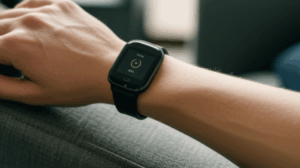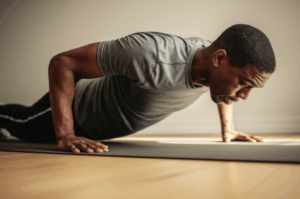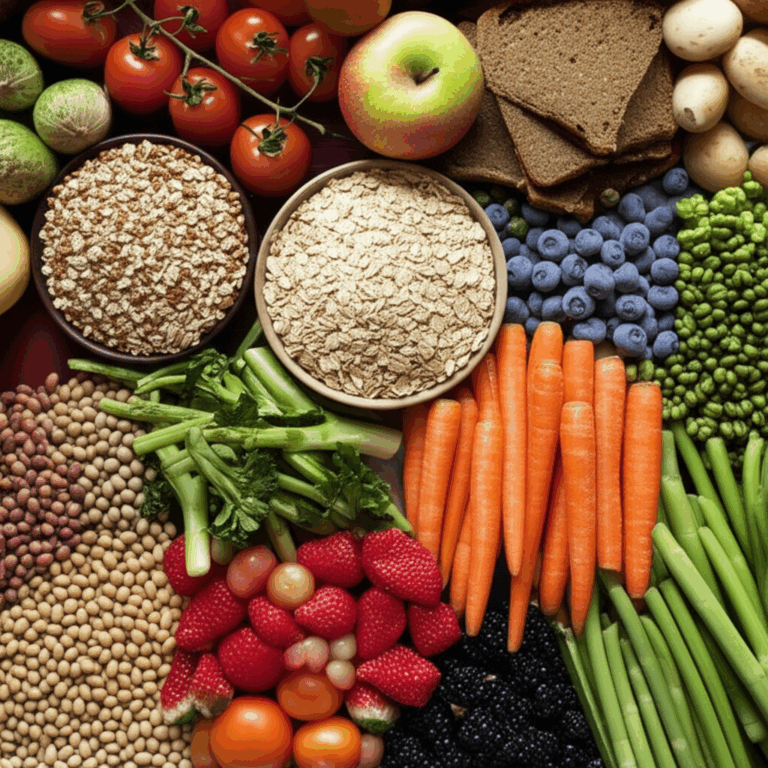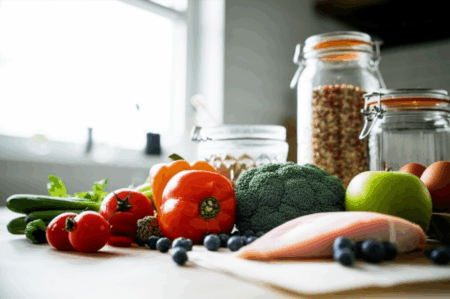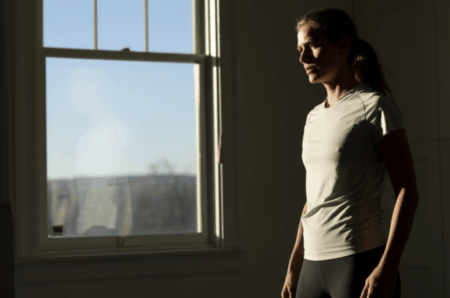Fibre, often called “roughage,” is a crucial component of a healthy diet, playing a vital role in everything from digestion to heart health and blood sugar regulation. Despite its extensive benefits, many adults fall significantly short of the recommended daily intake. The average American, for instance, consumes only about 16 grams of fiber per day, roughly half of what’s often advised. This deficiency can manifest in various subtle and not-so-subtle ways. If you’re experiencing persistent health niggles, a lack of fibre could be the hidden culprit.
Let’s explore five clear signs that you might not be getting enough fibre and practical steps you can take to boost your intake.
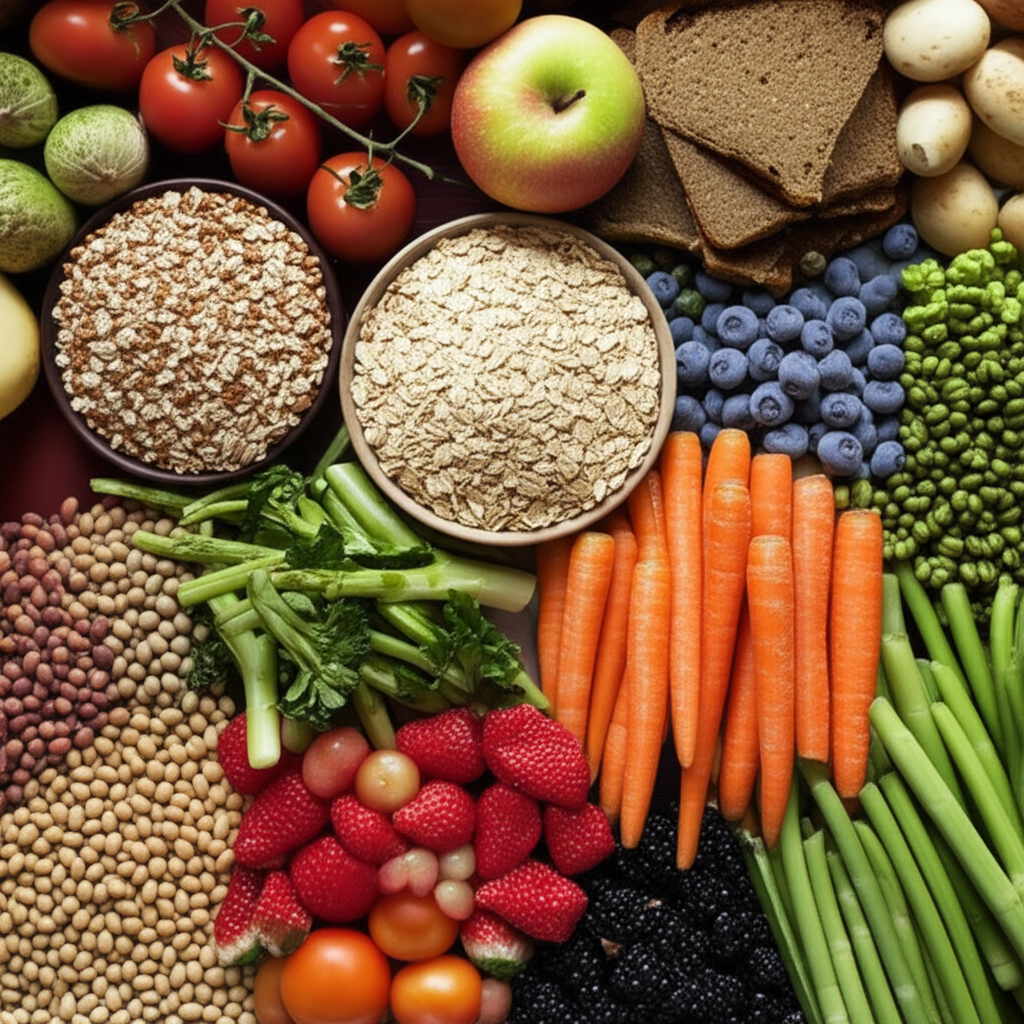
The Importance of Dietary Fibre
Before diving into the signs of deficiency, it’s essential to understand why fibre is so critical. Fibre is a type of carbohydrate that the body cannot digest or absorb. Instead, it passes relatively intact through the digestive system, contributing to several bodily functions. There are two main types:
- Soluble fibre: This dissolves in water, forming a gel-like substance that can help lower cholesterol and blood sugar levels. It’s found in foods like oats, beans, apples, and psyllium.
- Insoluble fibre: This doesn’t dissolve in water and adds bulk to stool, promoting regular bowel movements and helping material move through the digestive system. Sources include whole-wheat flour, wheat bran, nuts, and many vegetables.
Most plant-based foods contain a mix of both types, and consuming a variety is key to optimal health.
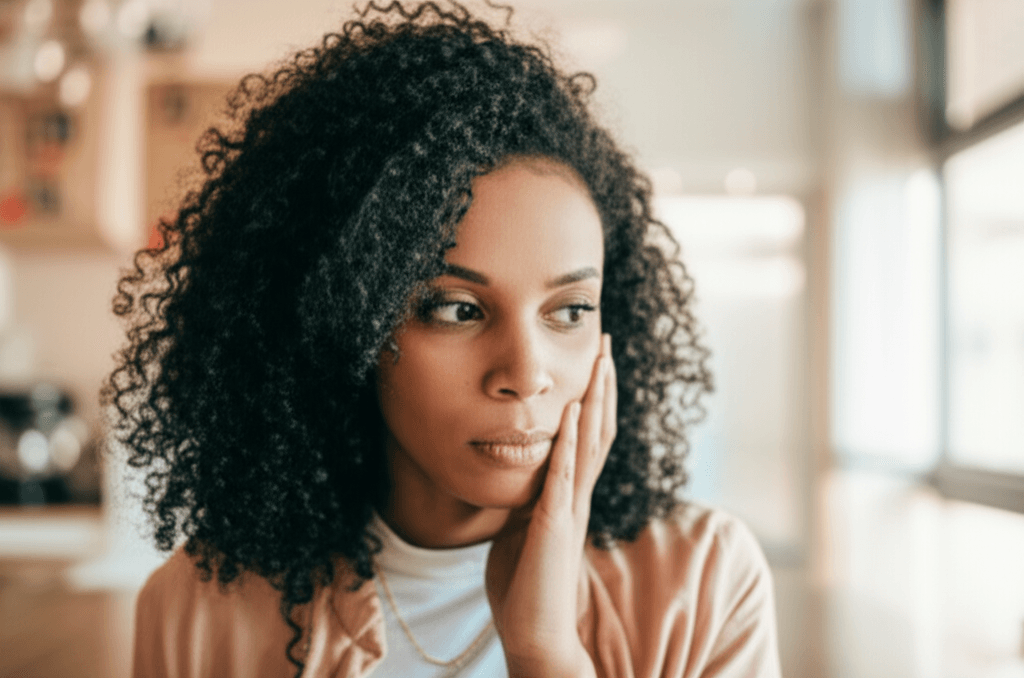
5 Clear Signs You’re Not Getting Enough Fibre
Recognizing the signs of insufficient fibre intake is the first step toward improving your diet and overall well-being.
1. Persistent Constipation or Irregular Bowel Movements
This is perhaps the most well-known and direct indicator of a low-fibre diet. Fibre adds bulk to your stool and helps it retain water, making it softer and easier to pass through the intestines. Without enough fibre, stool can become hard, dry, and difficult to move, leading to infrequent and strained bowel movements. A lack of fibre can also disrupt the balance of gut bacteria and slow digestion.
What to Do About It:
Increase your intake of both soluble and insoluble fibre. Whole grains, fruits (especially with skins), vegetables, and legumes are excellent choices. Remember to also increase your water intake as you boost your fibre, as water helps fibre work effectively and prevents further constipation.
2. Feeling Hungry Soon After Eating
If you find yourself reaching for snacks shortly after a meal, even a seemingly substantial one, a lack of fibre might be to blame. Fibre adds volume to your meals without adding extra calories and slows down digestion, helping you feel fuller and more satisfied for longer. When your meals are low in fibre, they are digested more quickly, leading to quicker hunger pangs and a greater likelihood of overeating.
What to Do About It:
Incorporate fibre-rich foods into every meal. For breakfast, choose high-fibre cereals or oatmeal topped with berries and seeds. At lunch and dinner, prioritize whole grains, plenty of vegetables, and legumes like beans and lentils, which are particularly filling due to their fibre and protein content.
3. Frequent Blood Sugar Spikes and Energy Crashes
Fibre plays a significant role in regulating blood sugar levels. Soluble fibre, in particular, slows down the absorption of sugar into the bloodstream, preventing rapid spikes and subsequent crashes. If your diet consists largely of refined carbohydrates without sufficient fibre, you might experience noticeable energy dips, often occurring one to two hours after eating. These can leave you feeling fatigued, irritable, and sluggish.
What to Do About It:
Swap refined carbohydrates for whole-grain alternatives. For example, choose brown rice over white rice, whole-wheat pasta over white pasta, and whole-grain bread. Adding sources of soluble fibre like oats, beans, and certain fruits (apples, bananas) to your meals can help stabilize glucose levels.
4. Elevated Cholesterol Levels
A diet low in fibre, especially soluble fibre, can contribute to higher “bad” low-density lipoprotein (LDL) cholesterol levels. Soluble fibre binds with cholesterol in the digestive tract and helps remove it from the body before it can be absorbed. This mechanism is one reason why a high-fibre diet is linked to a lower risk of heart disease.
What to Do About It:
Focus on foods rich in soluble fibre such as oats, barley, apples, citrus fruits, and legumes (beans, peas, lentils). Making simple dietary changes, like swapping red meat for beans in some meals, can significantly boost soluble fibre intake and may positively impact cholesterol.
5. Persistent Fatigue and Low Energy (Beyond Blood Sugar)
While closely related to blood sugar fluctuations, a general sense of fatigue and low energy can also signal a chronic lack of fibre. Beyond stabilizing glucose, a high-fibre diet supports a healthy gut microbiome, which is increasingly recognized for its influence on overall energy levels and well-being. When gut bacteria are well-fed with fibre, they produce beneficial short-chain fatty acids that can impact various bodily functions. A compromised gut, due to low fibre, can lead to chronic, vague issues including fatigue.
What to Do About It:
Aim for a diverse range of plant-based foods. Different types of fibre feed different beneficial gut bacteria. Ensure your diet includes a variety of fruits, vegetables, whole grains, nuts, and seeds. Starting your day with a fibre-rich breakfast can set the tone for sustained energy throughout the day.

General Recommendations for Increasing Fibre Intake
The National Academy of Medicine recommends that adult women aged 50 or younger consume 25 grams of fibre daily, while men in the same age group should aim for 38 grams. For those over 50, the recommendations are 21 grams for women and 30 grams for men. Other guidelines suggest 25-30 grams or more daily for adults.
To gradually increase your fibre intake and minimize potential discomfort like gas or bloating:
- Go Slow: Introduce fibre-rich foods gradually, adding no more than 5 grams per week until you reach your daily goal.
- Stay Hydrated: Drink plenty of water throughout the day, as fibre needs water to work effectively.
- Prioritize Whole Foods: Opt for whole fruits instead of juice, and choose whole grains over refined versions.
- Add Fibre to Every Meal: Make it a habit to include at least one source of fibre in each meal and snack.
- Experiment with Legumes: Beans, lentils, and peas are fibre powerhouses and can be easily added to soups, salads, and stews.
- Snack Smart: Replace processed snacks with fruits, vegetables, nuts, or seeds.
By paying attention to these signs and making conscious dietary choices, you can ensure your body gets the fibre it needs to thrive, supporting everything from a healthy gut to sustained energy and a lower risk of chronic diseases.


